The Renault Refactory is on course to recommission more than 25,000 used cars this year – including some made by rival manufacturers.
The large-scale refurbishment centre in Flins, near Paris, is in what was one of Renault’s largest new car production plants. It sources used vehicles from dealers within a 200-kilometre radius and readies them for resale.

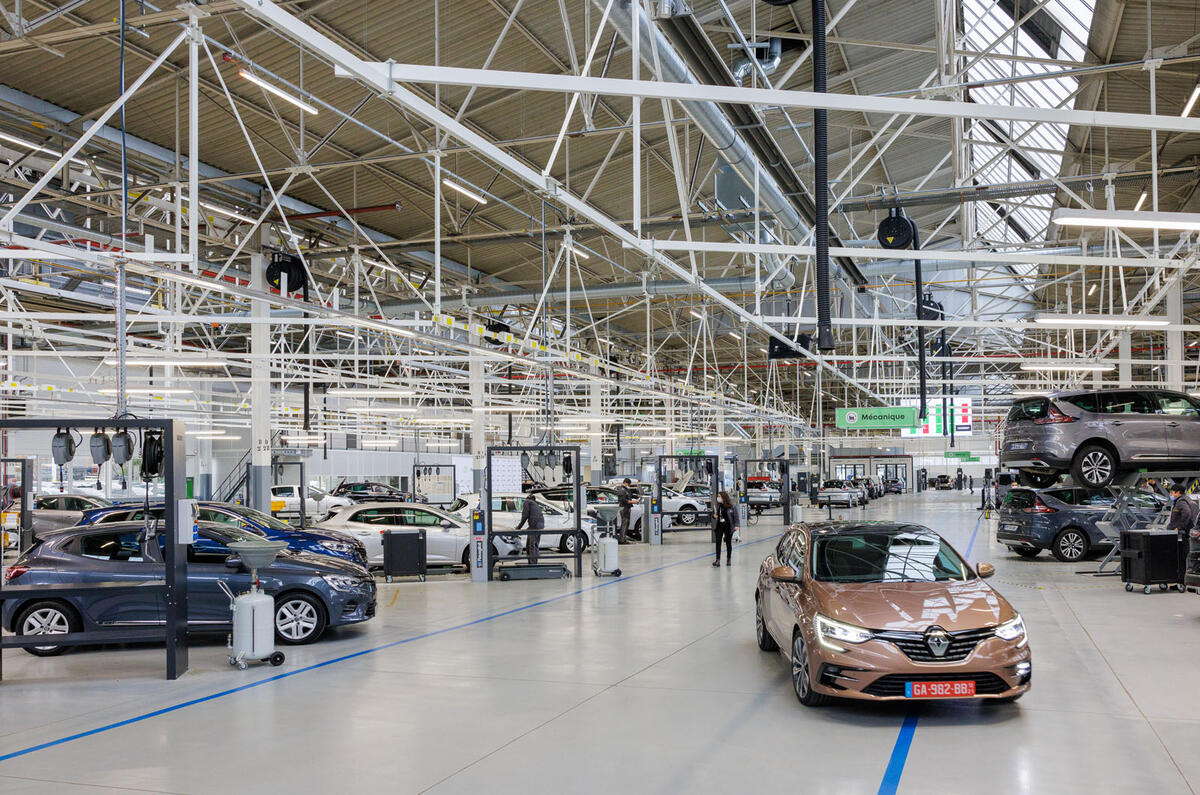
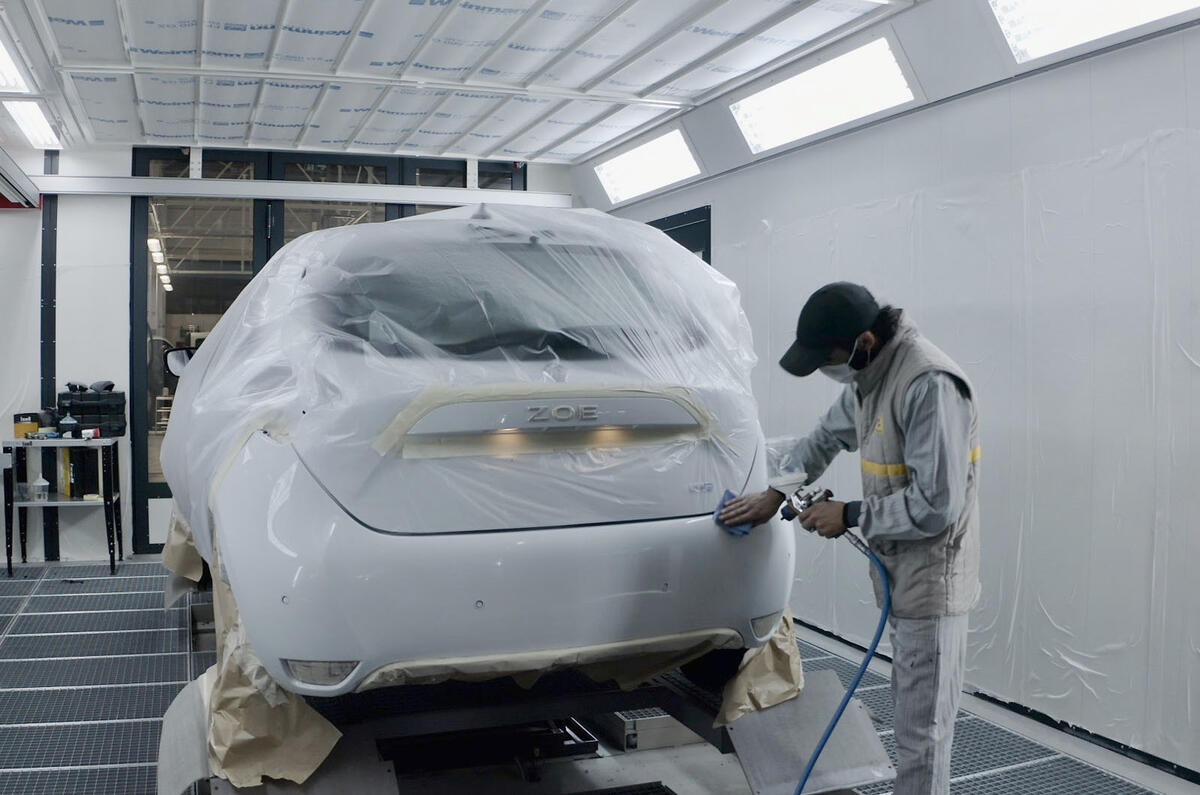
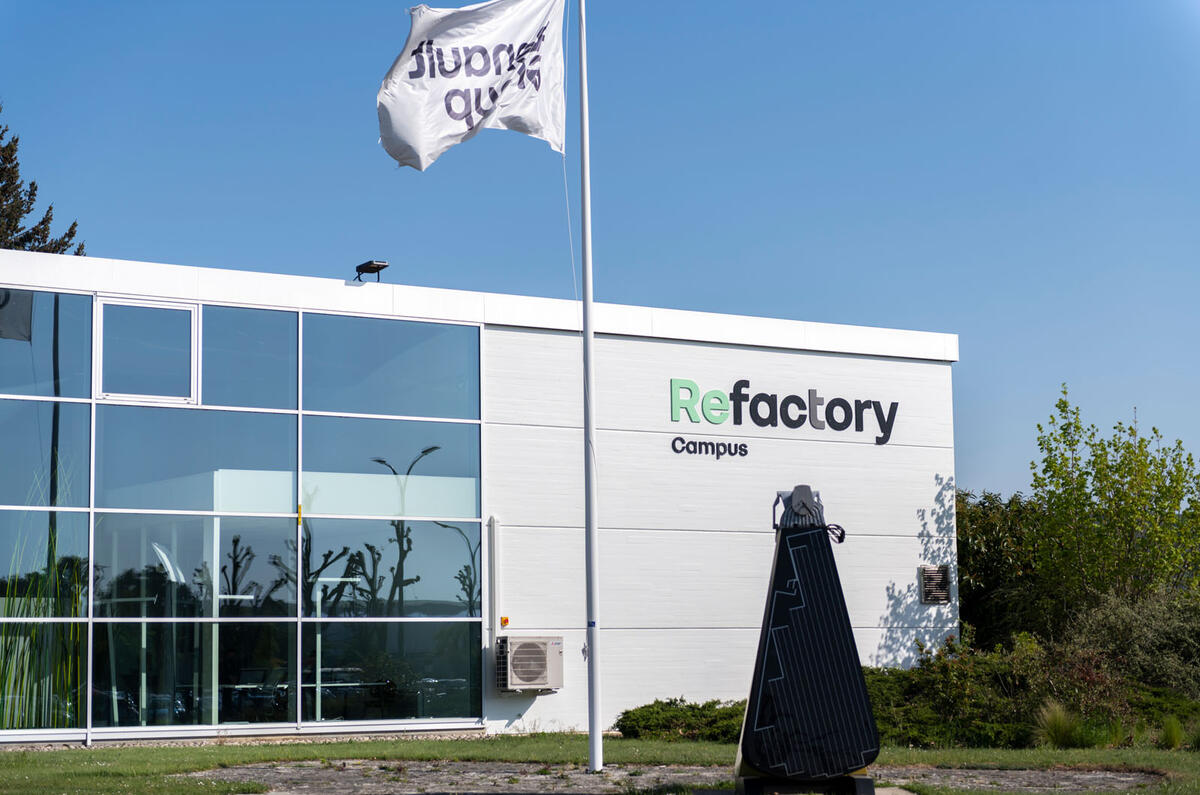
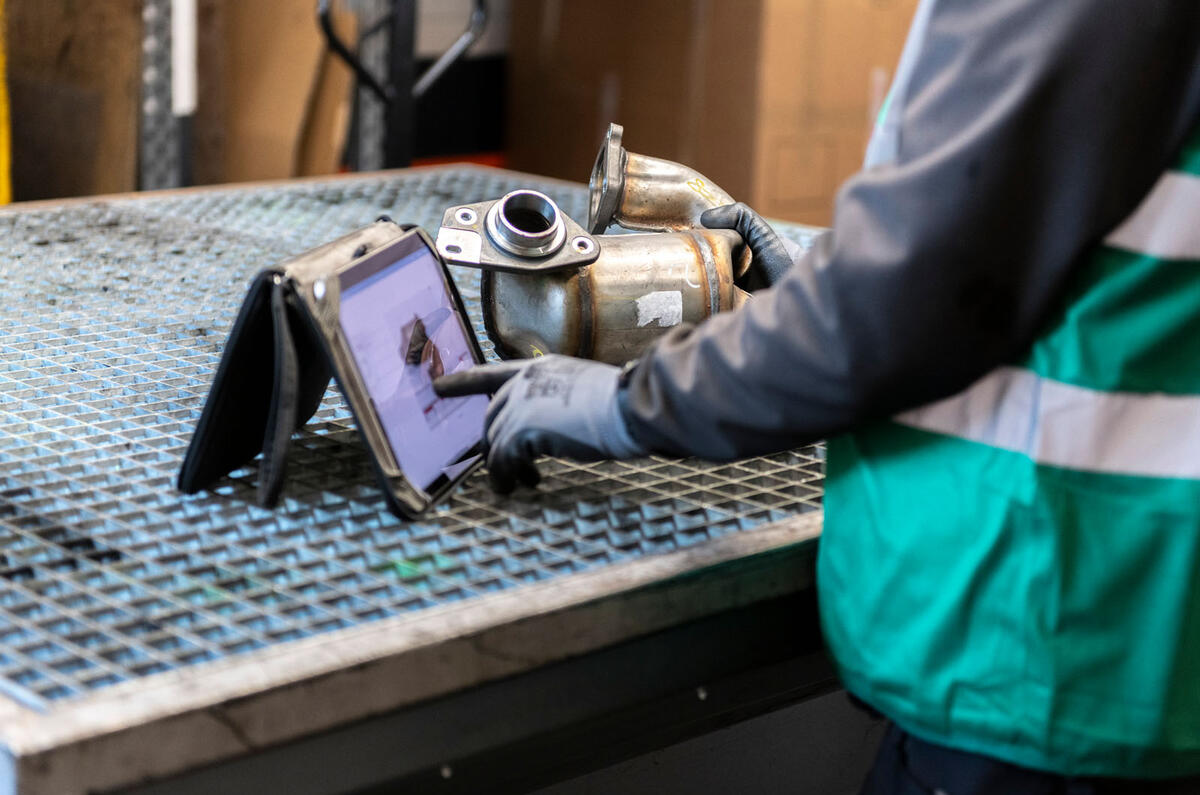
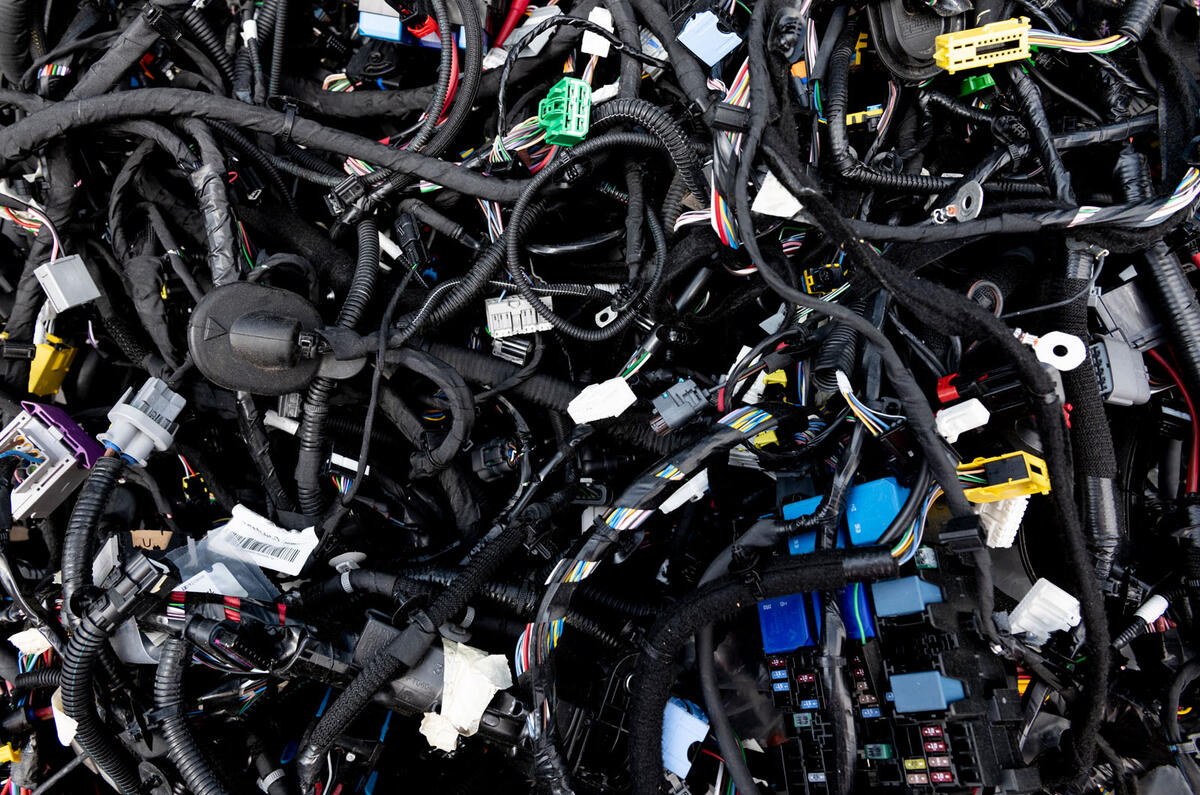
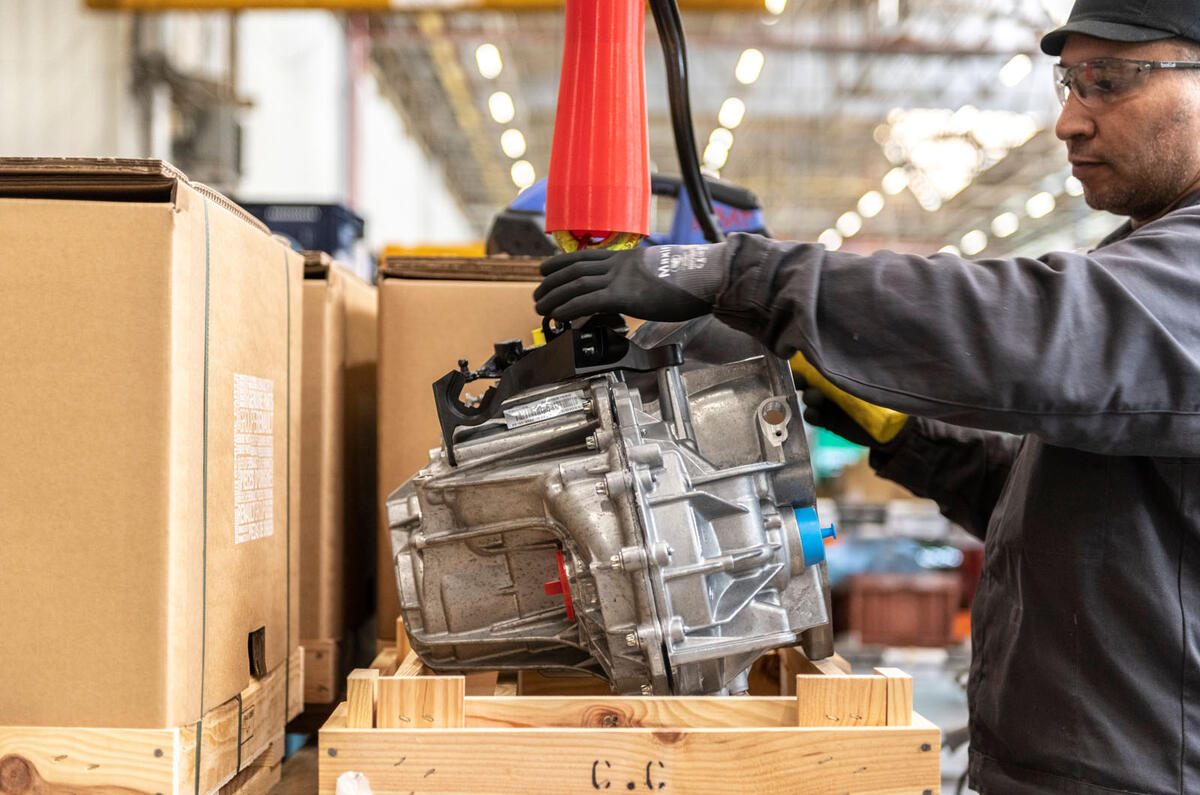
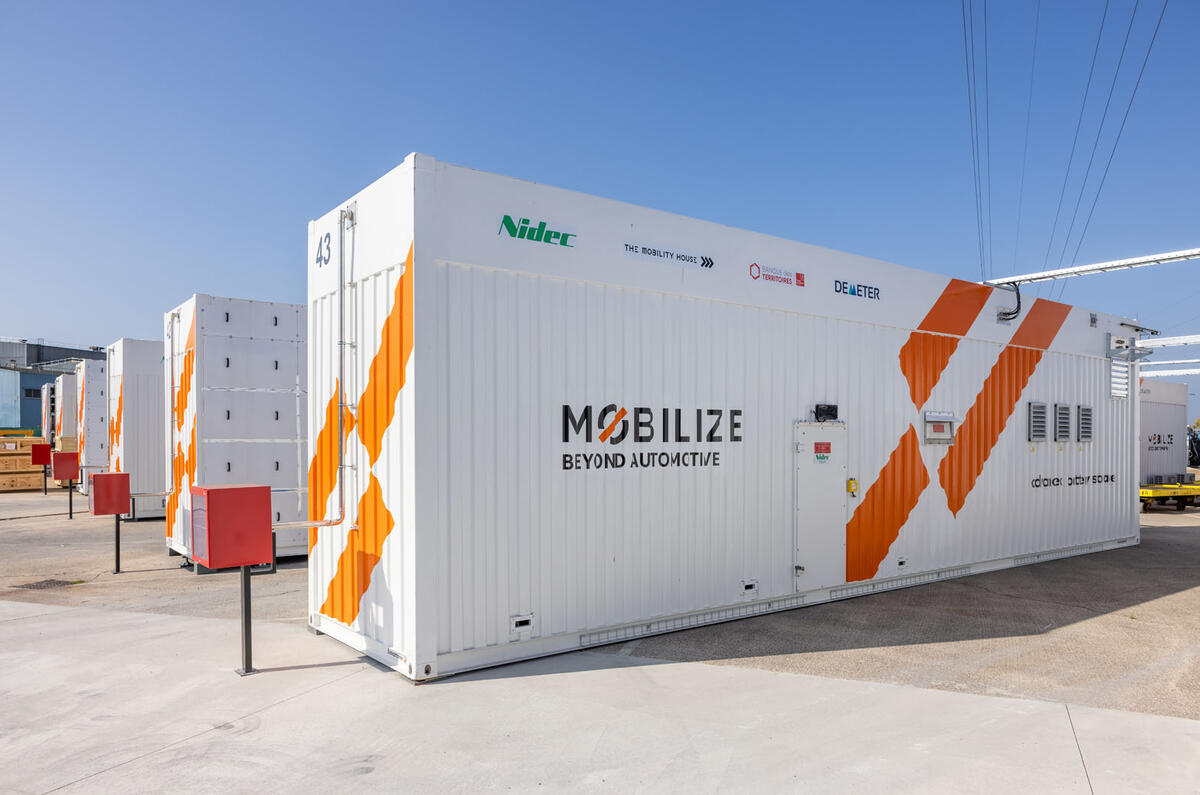
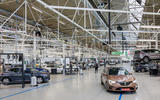
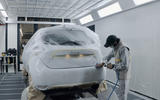

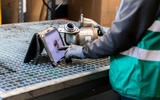
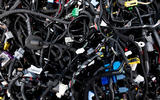

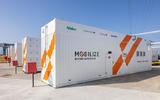


Join the debate
Add your comment
Brilliant!